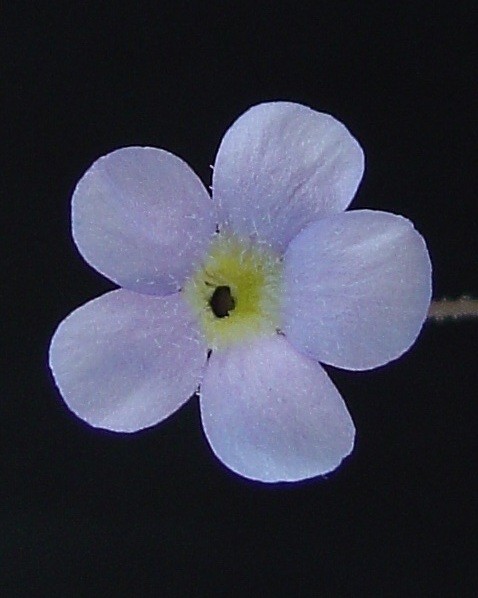Butterwort
(Pinguicula filifolia)

Description
Pinguicula filifolia, is a carnivorous species of plant found predominantly in western Cuba and some of the neighboring regions. It was discovered by Charles Wright in 1866. It is a tropical plant that uses sticky secretions on its leaves to catch small insects, pollen, and other plant debris to help supplement its own nutrition. It thrives in swamp like white sand savannahs with high temperatures and humidity. Pinguicula filifolia covers a more broad ecological area than all other Pinguicula in the Archipelago. They range from the Pinar del Rio province in the island of Cuba to the island of Isla de la Juventud. These two areas are separated by the sea; plants grow near the coastlines and the swamp like white sand savannahs that they inhabit. P. filifolia appears only at low altitudes in part due to its affinity to coastal areas, but unlike some of the other Pinguicula species in the immediate area it does not appear in the higher elevations. Pinguicula filifolia grows in full sun to light shade in a mild soil alkalinity ranging between 7.6 and 7.8. Filifolia thrives in wet soil and flourishes in white sand savannahs and warm temperatures around 30 degrees celsius. The plant prefers high levels of humidity, up to 70%, and experiences much of its growth in the rainy seasons that last between May and November. In addition the plant must tolerate a dry season that lasts between November and April. They maintain a tropical growth rate and thrive near other endemic species due to the partial shade.
Taxonomic tree:







